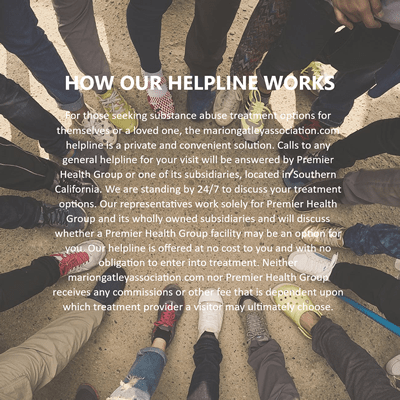The national heroin statistics are staggering — 3.8 million people have tried the drug. The National Survey On Drug Use and Health states that almost 30 percent of high school seniors say they can get it easily. But that figure does not compare to Massachusetts’s epidemic. In the state, special programs, e.g. co-occurring mental disorder substance abuse programs, faith-based treatments, and rehabs for pregnant women have been popping up to combat the growing problem.
What is the difference between heroin and Fentanyl?
Heroin is an opiate. Users develop a tolerance to the highly addictive drug very quickly. So they need higher dose levels to achieve the success of the initial high.
Even in a drug treatment facility, withdrawal can be dangerous, taking 6 – 24 hours. It includes intense pain, vomiting and diarrhea. Doctors prescribe Suboxone, Buprenorphine or Naltrexone to manage withdrawal symptoms. In cases of overdose, Naloxone or Narcan is used to block the severe symptoms of opiates.
Fentanyl is a synthetic opioid that is prescribed for severe pain and can have similar effects to heroin.
Massachusetts’s heroin usage rates
As of August 2016, the following statistics were reported in the U.S. Department of Justice’s Drug Enforcement Administration’s 2015 Investigative Report:
— There were 1,659 opioid-related unintentional/undetermined deaths in 2015.
— The Report stated, “The 2015 rate was higher than ever for unintentional deaths for opioid overdose and represents a 23 percent increase from the rate of 20 deaths per 100,000 residents in 2014.”
— 38,000 people receive treatment for heroin addiction in a drug rehab clinic. That figure represents half of the state’s total admissions.
Three reasons for heroin’s rampant usage in Massachusetts
— According to 2015 Report, “while pharmaceutical Fentanyl (from transdermal patches or lozenges) is abused in the United States at small levels, much of the Fentanyl in Massachusetts is due to illicitly-produced opioid not diverted pharmaceutical Fentanyl.”
— Addiction.org reports that the majority of heroin smuggled into Massachusetts comes from New York. Close physical proximity makes the substance easy to get.
— Cost and risk involved with transport affect price. Costs range from $80 – $200 per gram.
Substance Abuse Centers
Addiction.org reports within heroin addicts “Nearly half of the 54,605 people sought help.”
Treatment from a long-term addiction recovery facility has a higher success rate versus short-term outpatient drug addiction and alcohol abuse programs. Personalized treatment with customized plans are the key to success.
A drug rehab center with an inpatient programs usually has a detox center. This is an important step that helps clients get the toxic chemicals out of their bodies. Full detoxification is necessary before starting long-term treatment.
If you are addicted to heroin and need the assistance of a substance abuse facility, Massachusetts has 55 different facilities that provide 90-day private and government-funded programs. Please call Intervention Drug Rehab immediately so we can connect you with one those facilities.



